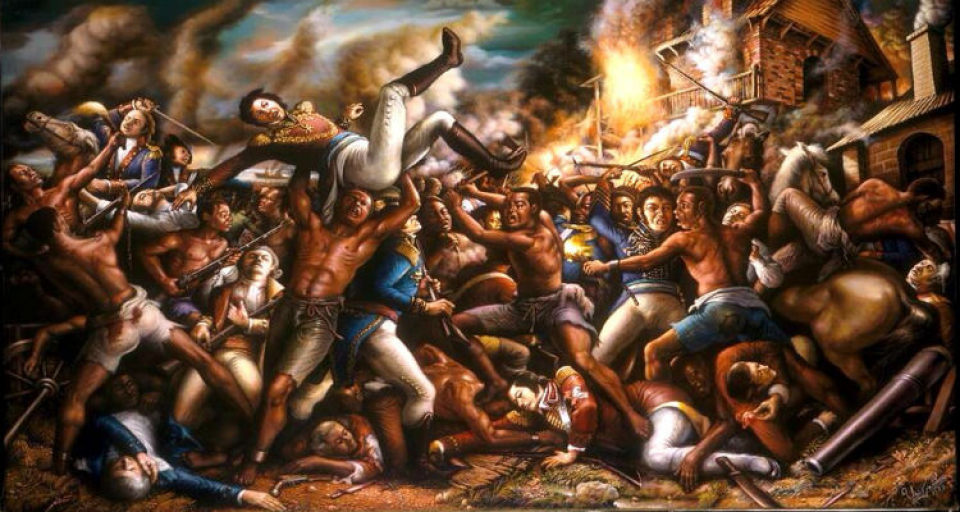The Maroons of Jamaica are descendants of enslaved Africans who escaped from plantations and formed independent communities in the rugged, mountainous regions of the island. Their history is deeply intertwined with Jamaica’s colonial past and has significantly influenced the island’s culture, identity, and society.
Origins and History
The Maroon communities trace their origins to the early 16th and 17th centuries when the Spanish colonized Jamaica. During this period, enslaved Africans escaped into the mountains after the Spanish lost control of the island to the British in 1655. These escapees, combined with the Taíno people (indigenous to Jamaica) and later enslaved Africans who fled British plantations, formed self-sufficient communities.
By the early 18th century, the Maroons were thriving, particularly in two main groups:
- Windward Maroons – Based in the eastern mountains (e.g., Portland and St. Thomas), with Nanny Town, led by the legendary Queen Nanny, as a prominent settlement.
- Leeward Maroons – Located in the Cockpit Country in western Jamaica (e.g., St. James and Trelawny), led by figures like Cudjoe.
The Maroon Wars and Treaties
The British waged several military campaigns to subdue the Maroons, but the rugged terrain and the Maroons’ guerrilla tactics made them formidable opponents. This led to two major conflicts:
- First Maroon War (1728–1739): After decades of resistance, the Maroons, led by leaders like Cudjoe, forced the British to negotiate. In 1739–1740, peace treaties were signed, granting the Maroons autonomy in exchange for their agreement to cease hostilities and assist in capturing runaway slaves.
- Second Maroon War (1795–1796): Sparked by tensions between the Trelawny Maroons and the British. This conflict ended with the deportation of many Maroons to Nova Scotia and later to Sierra Leone in West Africa.
Cultural and Social Contributions
The Maroons have had a lasting impact on Jamaican culture and society, preserving African traditions and shaping the island’s identity:
- Language and Music: Maroon communities maintain a unique dialect infused with African linguistic elements. Their drumming, singing, and dance forms are rooted in African heritage, contributing to Jamaica’s rich musical traditions, including mento and reggae.
- Spiritual Practices: The Maroons practice a blend of African spirituality and Christianity. Ceremonies often include drumming, singing, and rituals to honor ancestors.
- Agricultural Practices: The Maroons developed sustainable farming techniques, growing crops like yams, bananas, and cocoa. These techniques influenced Jamaican agriculture.
- Autonomy and Leadership: The Maroons continue to operate semi-autonomously, governed by leaders known as colonels. They maintain their traditions and play an important role in preserving Jamaica’s heritage.
- Symbolism of Resistance: The Maroons symbolize freedom and resistance to oppression, embodying the resilience of the African diaspora.
Legacy
Today, Maroon communities such as Accompong in St. Elizabeth, Moore Town in Portland, and Charles Town in St. Mary remain vibrant cultural hubs. Annual celebrations, such as the Accompong Maroon Festival on January 6th, honor their history and cultural resilience. Queen Nanny of the Maroons is recognized as a National Hero of Jamaica, reflecting their critical role in the island’s struggle for freedom.
The Maroons’ legacy as freedom fighters and cultural bearers continues to inspire and influence Jamaican society, reinforcing values of independence, resilience, and pride in African heritage.


